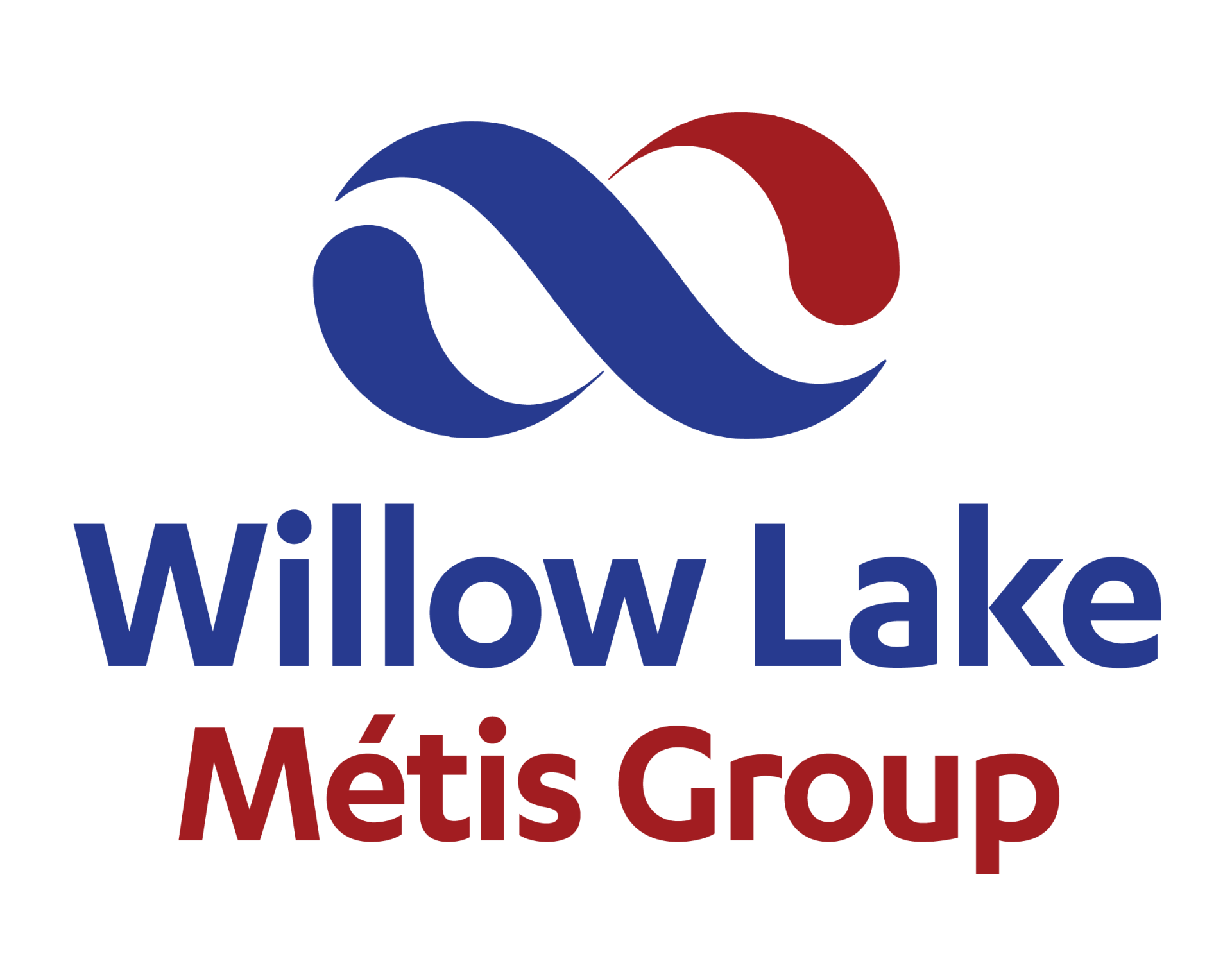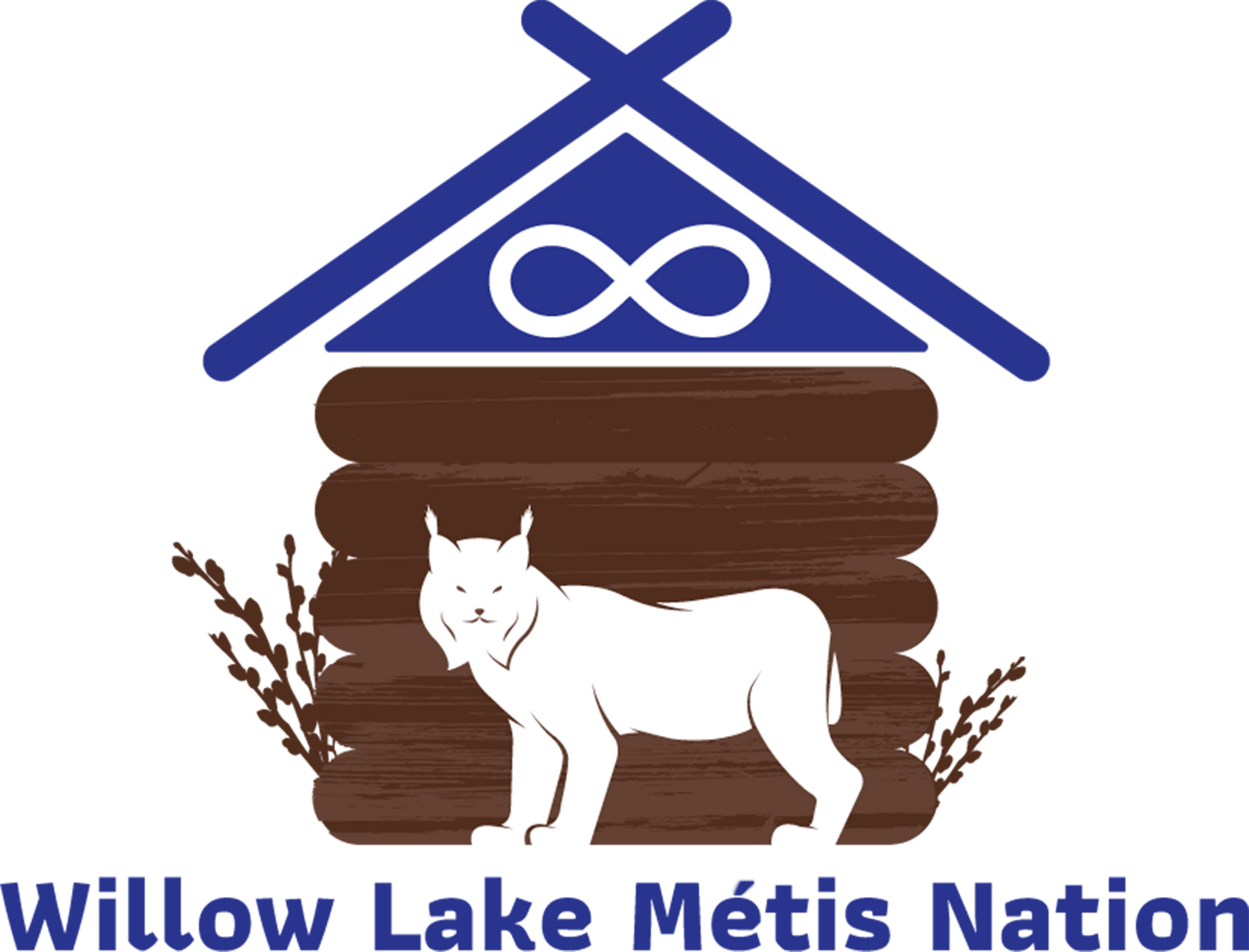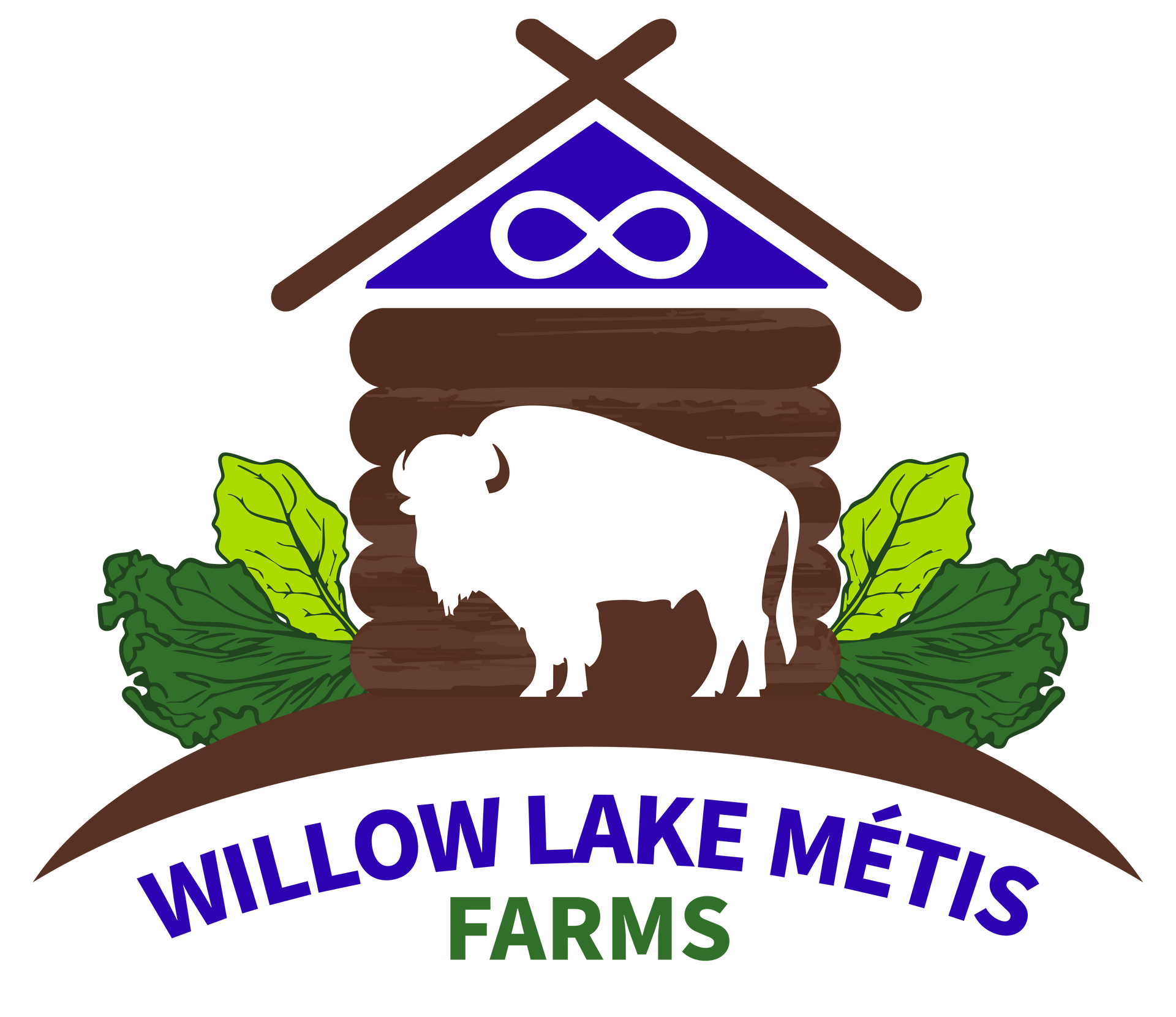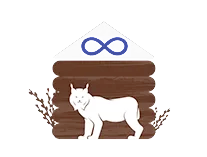As environmental, social, and governance (ESG) frameworks continue to shape corporate and institutional decision-making, the inclusion of Indigenous knowledge is emerging as a powerful catalyst in advancing sustainability goals. The Willow Lake Métis Nation (WLMN) exemplifies how Indigenous perspectives and practices can enrich ESG frameworks, offering a model for others to follow.
Who Are the Willow Lake Métis Nation?
The Willow Lake Métis Nation traces its roots to a proud Métis heritage, steeped in the culture and traditions of the people of the fur trade era who settled around Willow Lake (now Gregoire Lake) in Northern Alberta. Today, the Nation is a vibrant community that blends their historical knowledge and connection to the land with modern tools to address pressing environmental and social challenges.
Their work spans a range of areas, from promoting sustainable resource development to ensuring community well-being, and they have embraced ESG principles as a means of building a resilient future for their Nation.
Integrating Indigenous Wisdom into ESG Practices
The traditional knowledge held by WLMN is deeply aligned with ESG principles, emphasizing harmony with nature, equity, and ethical leadership. Their work provides a blueprint for integrating these values into contemporary frameworks.
1.Environmental Stewardship
WLMN prioritizes the health of their lands and waters as central to their survival and identity. They recognize that sustainable development requires a balance between resource use and environmental protection, echoing ESG objectives around environmental sustainability.
Case Study: Climate Risk Assessment
In collaboration with external partners, WLMN conducted a Climate Risk Assessment to understand the potential impacts of climate change and extreme weather events on their Nation. This proactive step helps ensure that their community and businesses can adapt to future challenges while continuing to protect their traditional lands.
ESG Alignment:
- Environmental: The assessment supports informed decision-making to safeguard biodiversity, water systems, and traditional practices.
- Governance: By actively engaging with climate science, WLMN demonstrates leadership in aligning traditional knowledge with modern environmental strategies.
Innovative Restoration Projects
WLMN is involved in habitat restoration projects that incorporate traditional land management practices. By using local and traditional knowledge, the Nation is revitalizing areas affected by industrial activities, ensuring the sustainability of the environment for future generations.
2. Social Equity and Community Well-being
Social responsibility is a cornerstone of ESG, and WLMN has been a champion of fostering equity and cultural preservation. Their initiatives prioritize the well-being of their people while contributing to the broader community.
Case Study: Capacity Building through Willow Lake Métis Group
The Nation’s partner, Willow Lake Métis Group (WLMG) was established as an Indigenous-owned group of companies that provides resource and infrastructure solutions while staying true to Métis values. A percentage of profits earned by WLMG are reinvested in the Nation’s education and other social programs. The group also actively works to create employment and training opportunities for Métis individuals, empowering them with skills and financial independence.
ESG Alignment:
- Social: WLMG initiatives build social equity by addressing employment gaps and fostering community-driven economic development.
- Governance: By prioritizing Métis leadership in decision-making, WLMG models an inclusive governance structure.
Health and Cultural Programs
WLMN also invests in programs that address health disparities and strengthen cultural heritage. These initiatives ensure that community members thrive physically and spiritually while preserving their identity.
3. Governance with Integrity
Good governance is essential for building trust and ensuring that ESG initiatives are both ethical and effective. WLMN’s governance model is rooted in transparency, consensus-building, and respect for traditional values.
Case Study: Ethical Partnerships in Industry
WLMN has cultivated partnerships with resource companies to ensure that industrial development on their traditional lands respects Métis rights and values. These collaborations often include benefit-sharing agreements, environmental monitoring, and consultation processes.
ESG Alignment:
- Governance: By negotiating agreements that prioritize transparency and accountability, WLMN ensures that all stakeholders act responsibly.
- Social: Partnerships promote mutual respect and collaboration, empowering the Nation to influence decisions affecting their lands.
Advocacy and Leadership
WLMN actively participates in regional and national advocacy efforts to uphold Métis rights and advance policies that reflect their community’s needs. Their leadership in these spaces inspires other Indigenous Nations to take a proactive role in shaping ESG conversations.
Challenges and Opportunities
While WLMN has made significant strides in integrating their knowledge and practices into ESG frameworks, challenges remain. These include overcoming systemic inequities, securing long-term funding for initiatives, and navigating the complexities of balancing traditional practices with modern industrial demands.
However, the opportunities far outweigh the obstacles. By continuing to share their expertise and collaborate with partners, WLMN is setting a precedent for how Indigenous Nations can lead in the ESG space.
Lessons from Willow Lake Métis Nation for ESG Leaders
WLMN’s approach offers several key lessons for organizations seeking to integrate Indigenous wisdom into their ESG strategies:
- Collaborate Authentically: Build genuine partnerships with Indigenous communities, ensuring that they are actively involved in decision-making from the outset.
- Prioritize Long-Term Impact: Adopt a mindset that values intergenerational sustainability over short-term profits and reflects Indigenous principles.
- Respect Sovereignty: Recognize Indigenous Nations as equal stakeholders and respect their right to self-determination in all projects.
- Invest in Capacity Building: Support Indigenous communities through training, education, and infrastructure to ensure their full participation in ESG initiatives.
The Path Forward
The Willow Lake Métis Nation exemplifies how Indigenous knowledge and leadership can enhance ESG practices. By aligning their traditional values with contemporary frameworks, they are driving meaningful progress in environmental stewardship, social equity, and ethical governance.
For organizations striving to achieve sustainability goals, partnering with Indigenous communities like WLMN offers a pathway to create lasting change. As the global movement for ESG evolves, the inclusion of Indigenous wisdom will be essential to ensuring that sustainability efforts honor the interconnectedness of people, planet, and prosperity.
By learning from and collaborating with leaders like the Willow Lake Métis Nation, the world can take an important step toward a more equitable and sustainable future.




